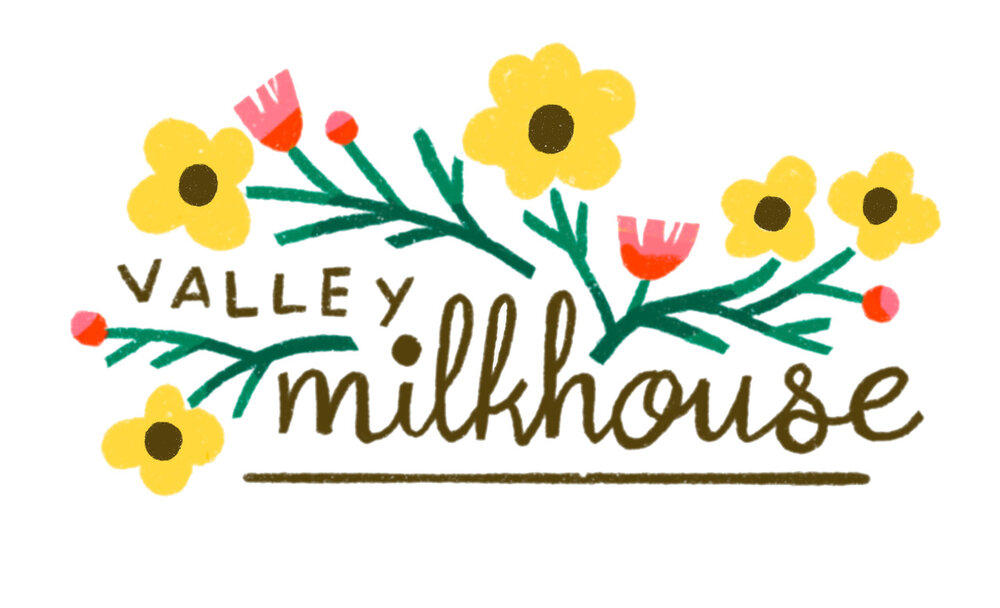“Eating is an agricultural act.” - Wendell Berry
In a recent ruling, a U.S. district court in Virginia denied Gruyere cheesemakers’ appeal to protect their name. For a cheese to be called “Gruyere” it does not necessarily need to be made in the region around Gruyeres, Switzerland, says the U.S. Patent and Trademark Office.
Americans have decided that Gruyere is a style of cheese rather than a region. By contrast, we sanctify the names of wines like Bordeaux and Champagne with religiosity but do not extend the same fervor to a class of agriculture, cheese, which holds a similar depth of historical relevance and cultural significance. It seems this is a reflection of the immature nature of our cheese culture in the U.S. which has blossomed in recent decades but still has a long way to evolve.
For those who don’t know it, Gruyere is a style of cheese made primarily in the town of Gruyere in the canton of Fribourg, Switzerland but also in parts of the French and Austrian Alps. Peasants have been making Gruyere from the milk of their grazing dairy cows since the early 12th century. It is a cheese characterized by a hard texture and delicate sweet, nutty aromas.
So what does this ruling mean for the European small farms and cheesemakers who for generations have been making the cheese behind this name? The problem is dynamic. For one, the decision plays a role in eroding the distinctive qualities of the cheese. The laws governing the production of Gruyere cheese begins at the farm level. Cows are permitted only certain types of feed and forbidden others such as corn silage. The milk can never reach a temperature “above which it was obtained” (that is, the body temperature of the animal) to preserve the microflora that yields the complex flavors in the finished cheese. In the cheesemaking process, the use of open copper vats and certain bacterial cultures are required. Every precious detail from the salting technique to the pressing schedule is governed including the finished wheels’ maturation on spruce wood shelving.
“The fabrication of Gruyère is carried out according to local customs which are loyal and constant.” - Swiss Federal Office of Agriculture
If we do not acknowledge the name of this cheese in the U.S., we erase these quality controls which necessarily make this cheese what it is. This dumbing down of cheese identity marks a regression in the culturing of our food system. For decades we have seen a generification in the American cheese case. As authors Bronwen and Francis Percival expose in their book, “Reinventing the Wheel”, much of the seeming diversity in the grocery store cheese case is actually a facade. By and large, these cheeses are all made from similar types of milk using the same cultures and processes on an industrial scale with little microbial variation among them. The subtle flavor and textural differences between “Colby”, “Swiss” and “Mozzarella” are fooling the American consumer into believing they are buying different cheeses when in fact much of them are made in the same facilities with the ultra-pasteurized, commingled milk of hundreds of dairy farms across the country. When a company like Kraft Foods get into the business of labeling their latest style “Gruyere,” we’re in trouble. We must legally acknowledge the labels that serve as an expression of the quality of regional agricultural foods.
As consumers we benefit from increased diversity in our choices not only because a varied diet is better for our health, introducing a mix of nutrients and microbes to our guts, but also because it guides us towards a richer food culture. Since the pandemic began many small farms and artisans have been booming as Americans have “seen the light” and started shifting their habits towards more wholesome lifestyles and values-based consumption. We have seen so many new faces at our stores and markets from people who are spending more time cooking at home and exploring the agricultural foods of their region. For the first time in decades, we artisans have hope that the culture is evolving towards the European model where people bake their daily bread and fix dinner from the bounty they discover at their local farmers market.
The problem with erasing the regional distinctions in food is not just a quality issue, it’s an economic one. It is in the interest of U.S. industrial processors to continue to blur the distinctions between the real deal and its American counterfeits which undoubtedly would sell at more competitive prices. There is commercial value in these distinguished regional brands, and that dollar value is important in keeping the small farms and traditions alive. If consumption is a political and economic act, then every dollar we spend at the store makes an impact to the survival of these farms.
What does this all mean to a small cheese farm like ours? For one, my sympathies lie with the small farms of the alps whose livelihoods depend on the protection of their regional brand. Also, I like to imagine what it would be like for, say, Thistle to someday be its own regional cheese. If we perfected the recipe over the years and generations, and someday Kraft wanted to come in and start using the name, I can’t imagine how the hard work and foundations of our creamery would be shook.
What can we do as consumers? If it is economically viable for your household, keep shopping at your local food co-ops, specialty food stores and farmers markets which necessarily support small, local farms and artisans. Continue to be mindful of the calories you put on your plate and where they are coming from. Consider food shopping as a political act. And when it comes to seeking out that perfect alpine cheese for your next fondue night, for goodness sake, make it the real deal.


















